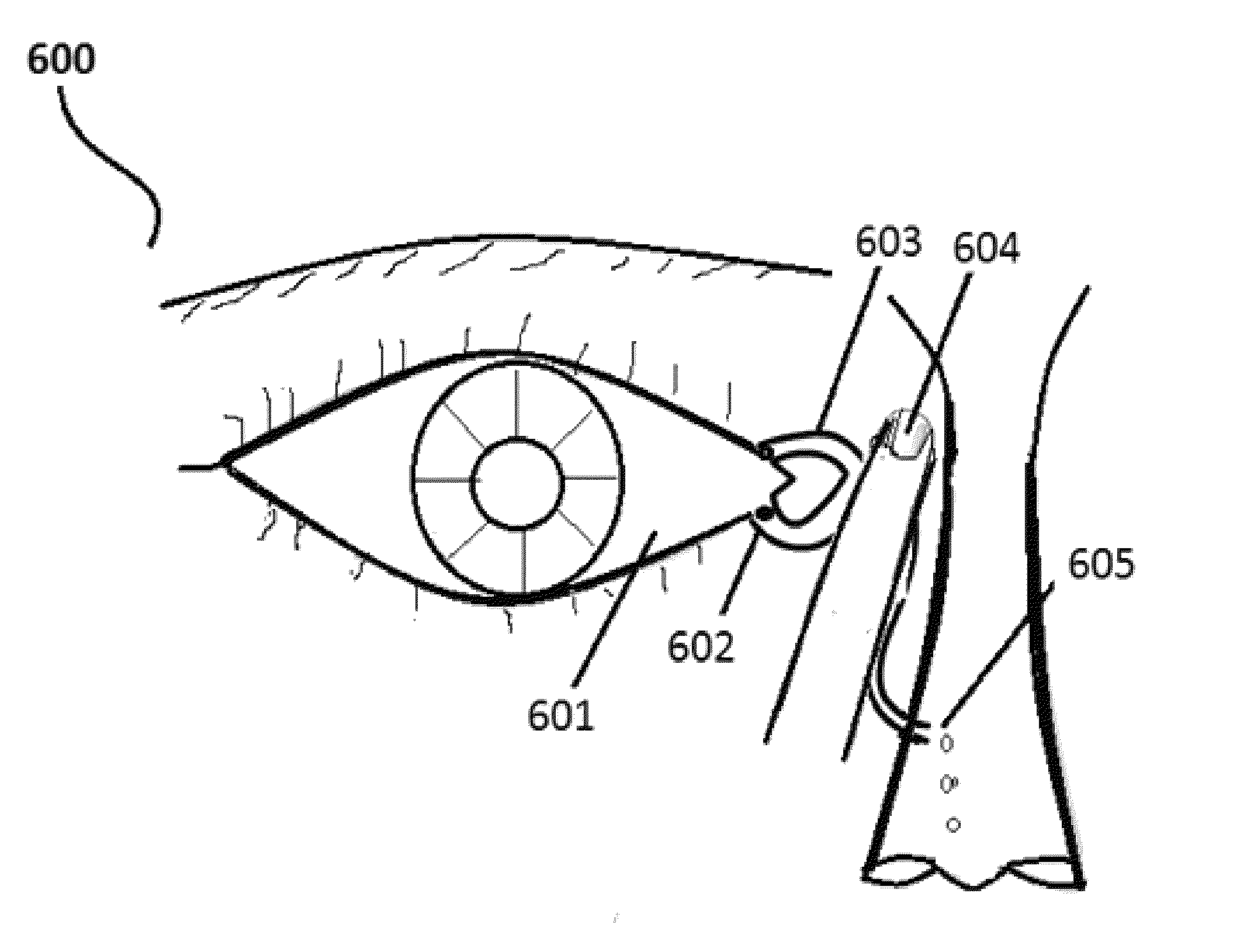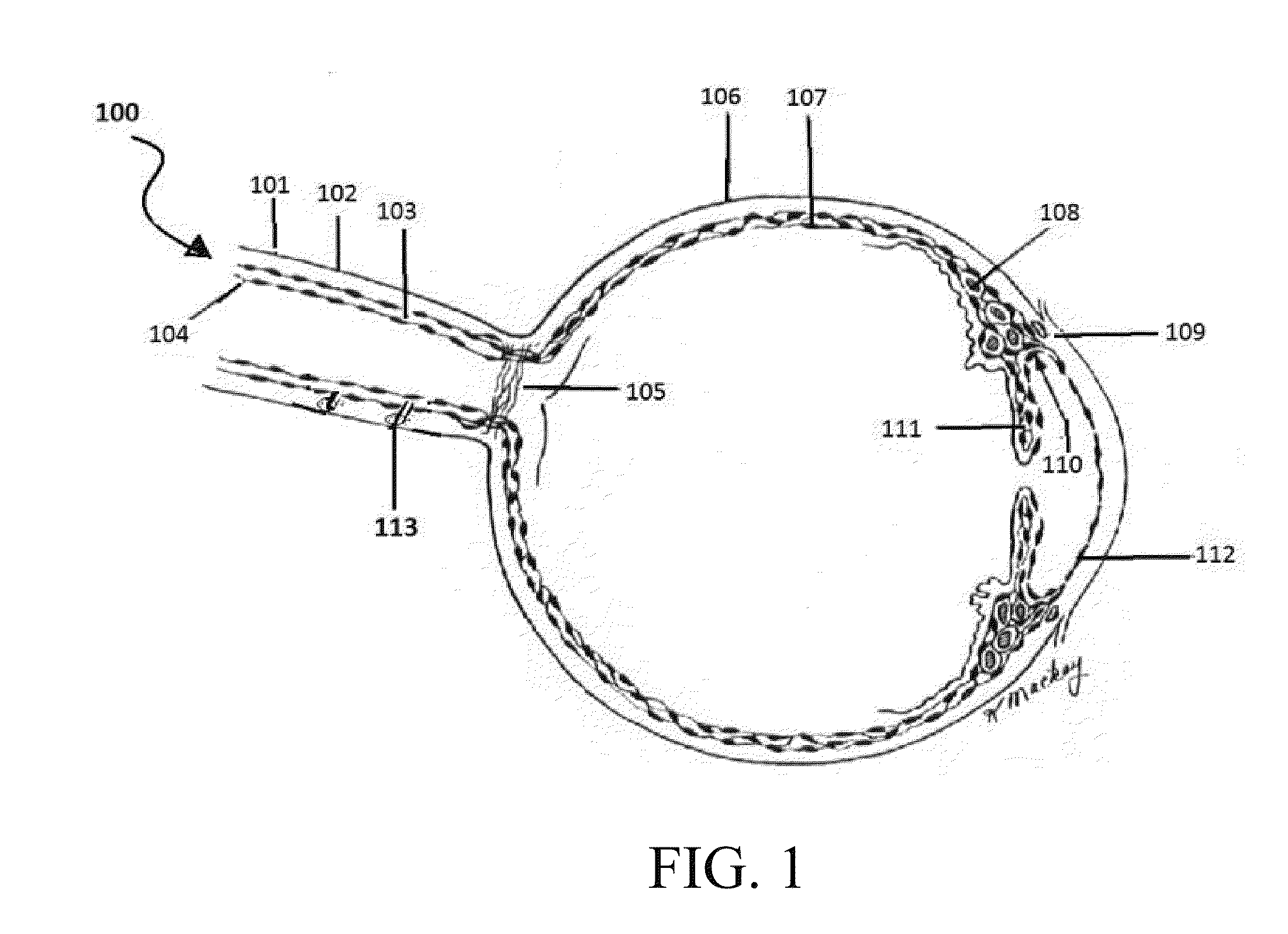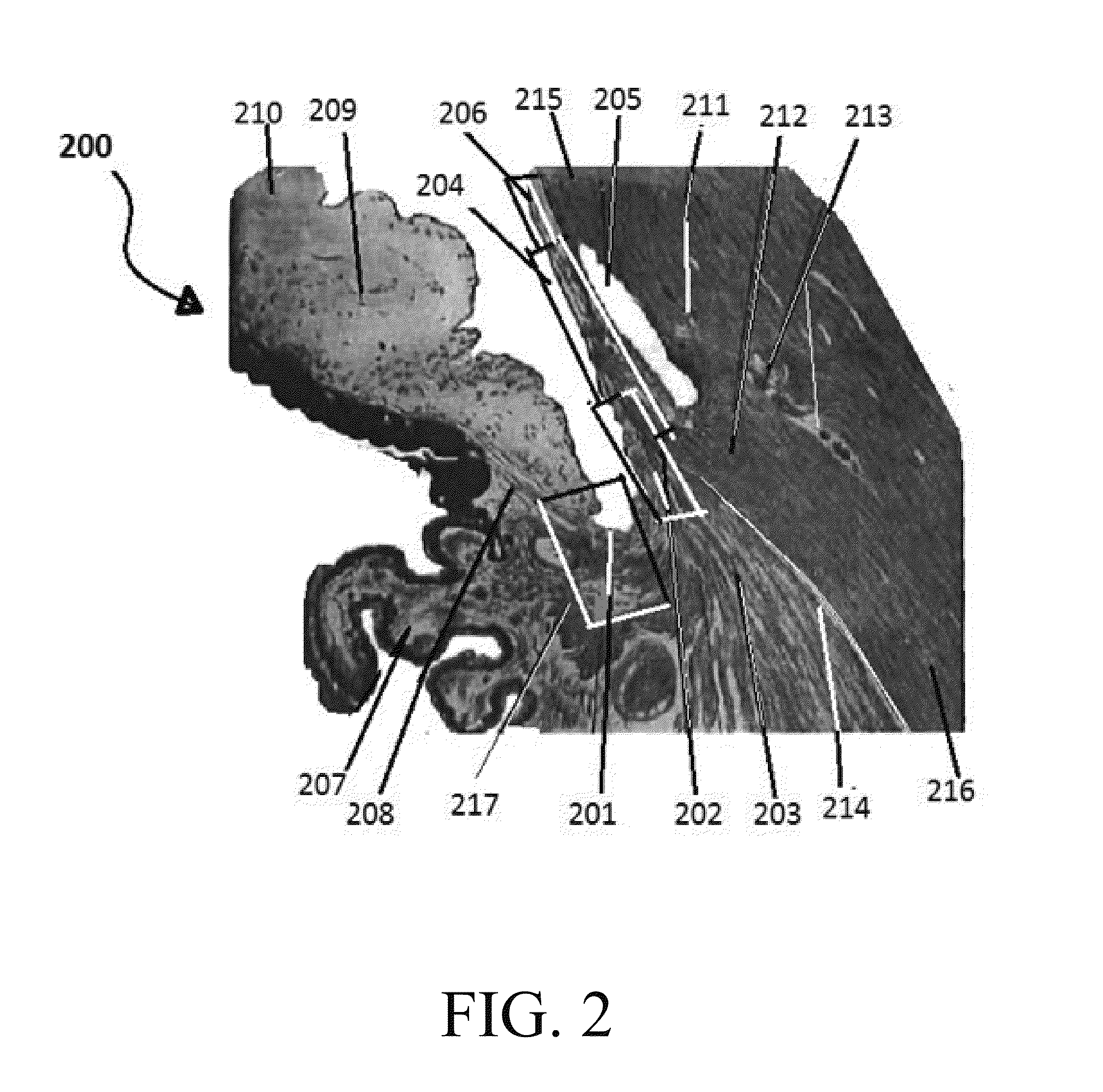Method of treating glaucoma and intraocular hypertension
a technology of intraocular hypertension and glaucoma, which is applied in the field of methods, can solve the problems of long-term development of glaucoma, irreparable permanent blindness all over the world, and similar risks, and achieve safe and effective treatment of glaucoma, enhance the effect of insulin activity, and enhance the effect of insulin
- Summary
- Abstract
- Description
- Claims
- Application Information
AI Technical Summary
Problems solved by technology
Method used
Image
Examples
example 1
[0210]Select the patient and establish the type of glaucoma (definite diagnosis) the person is suffering. Record the degree of retinal damage by the thorough examination. Position the patient in supine posture with head extended on a support. Using a dropper, instill one drop of insulin preparation in each eye lower lid fornix and / or everted upper eyelid. Apply slight pressure at the nasal angle of eye pressing on the nasolacrimal canaliculi-sac-duct to prevent leaking of the therapeutic agents to the nose to avoid systemic absorption and its adverse effects (see FIG. 6). Stay still for 3-5 minutes and resume the desired posture.
example 2
[0211]Select the patient and establish the type of glaucoma the person is suffering (definite diagnosis) from. Record the degree of retinal damage by the examination. Position the patient in supine posture with head extended on a support. Using a dropper, instill one drop of IGF-1 preparation in each eye lower lid fornix and / or everted upper eyelid. Apply slight pressure at the nasal angle of eye pressing on the nasolacrimal canaliculi-sac-duct to prevent leaking of the therapeutic agents to the nose. Stay still for 3-5 minutes and resume the natural desired posture.
example 3
[0212]Select the patient and establish the type of glaucoma the person is suffering (definite diagnosis) from. Record the degree of retinal damage by the examination. the patient in supine posture with head extended on a support. Using a dropper, instill one drop of insulin preparation in each eye lower lid fornix and / or everted upper eyelid. Then apply slight pressure at the nasal angle of eye pressing on the nasolacrimal canaliculi-sac-duct to prevent leaking of the therapeutic agents to the nose. Following this, instill a drop in each afflicted eye Prostaglandin analogs like latanoprost (Xalatan), bimatoprost (Lumigan) and travoprost (Travatan) and Rescula which increase uveoscleral outflow of aqueous humor: Bimatoprost in addition also increases trabecular mesh work outflow. Stay still for 3-5 minutes and resume the natural desired posture. The dose of these medications can be reduced because the insulin has augmentation—amplification effects on these therapeutic agents anti gla...
PUM
| Property | Measurement | Unit |
|---|---|---|
| thickness | aaaaa | aaaaa |
| pressure | aaaaa | aaaaa |
| pressures | aaaaa | aaaaa |
Abstract
Description
Claims
Application Information
 Login to View More
Login to View More - R&D
- Intellectual Property
- Life Sciences
- Materials
- Tech Scout
- Unparalleled Data Quality
- Higher Quality Content
- 60% Fewer Hallucinations
Browse by: Latest US Patents, China's latest patents, Technical Efficacy Thesaurus, Application Domain, Technology Topic, Popular Technical Reports.
© 2025 PatSnap. All rights reserved.Legal|Privacy policy|Modern Slavery Act Transparency Statement|Sitemap|About US| Contact US: help@patsnap.com



